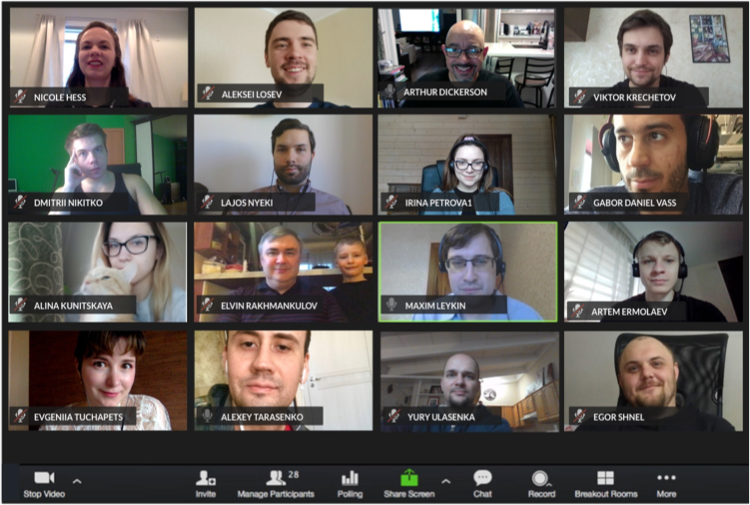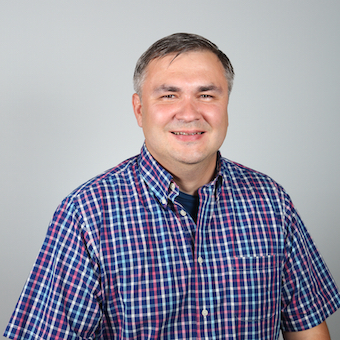Our team

About Trashly
trashly is your machine-learning enabled, on-the-go resource for recycling info, disposal recommendations, and landfill alternatives to help you reduce, reuse and live more sustainably in our fragile environment. Trashly is built on a data science model that is capable of recognizing over 11,002 individual objects and items in the blink of an eye. Launching first in 3 US states, Trashly hopes to expand quickly to serve a larger list of areas, and eventually the globe.
-
About EPAM Systems
Since 1993, EPAM Systems, Inc. has leveraged its software engineering expertise to become a leading global product development, digital platform engineering, and top digital and product design agency. Through its 'Engineering DNA' and innovative strategy, consulting, and design capabilities, EPAM works in collaboration with its customers to deliver next-gen solutions that turn complex business challenges into real business outcomes. EPAM's global teams serve customers in more than 30 countries across North America, Europe, Asia and Australia. As a recognized market leader in multiple categories among top global independent research agencies, EPAM was one of only four technology companies to appear on Forbes 25 Fastest Growing Public Tech Companies list every year of publication since 2013 and was the only IT services company featured on Fortune's 100 Fastest-Growing Companies list of 2019.
-
About Mobile Competency Center
One of the busiest of EPAMs' production divisions, with the widest range of products and success stories is the Mobile Competency Center. This global consulting, delivery, and design business unit is comprised of engineers, data scientists, solution architects, and subject matter experts that lead and contribute to a majority of EPAM's successes across the mobile spectrum.
-
How Trashly came to be
Each member of the Trashly team cares deeply about sustainability, and if each of us does our small part - we can make an more positive impact on the environment. It all started when our product owner, Elvin Rakhmankulov, asked a simple question that became the leading design statement behind our product: "How can I recycle this object?" With his personal experience in Machine Learning, Elvin understood that an Android device could be used to examine an image captured from the camera, and determine it's composition.
“Our goal was not to advise on how to get rid of the item but how to RECYCLE it properly and responsibly. If an item is completely non-recyclable we recommend a few alternative ways for disposal.”
Elvin Rakhmankulov
